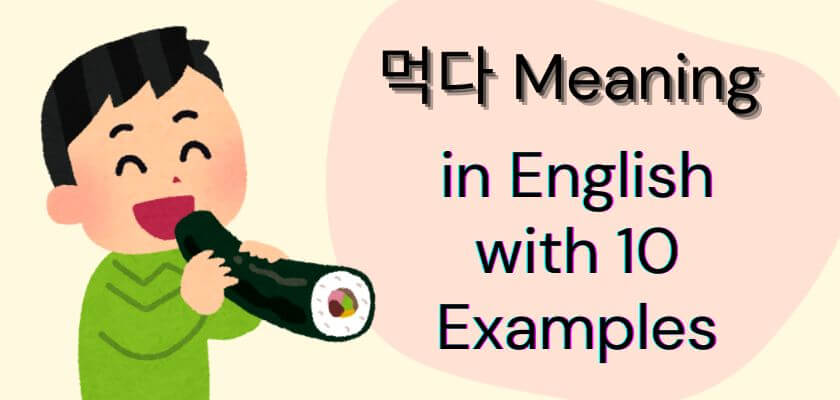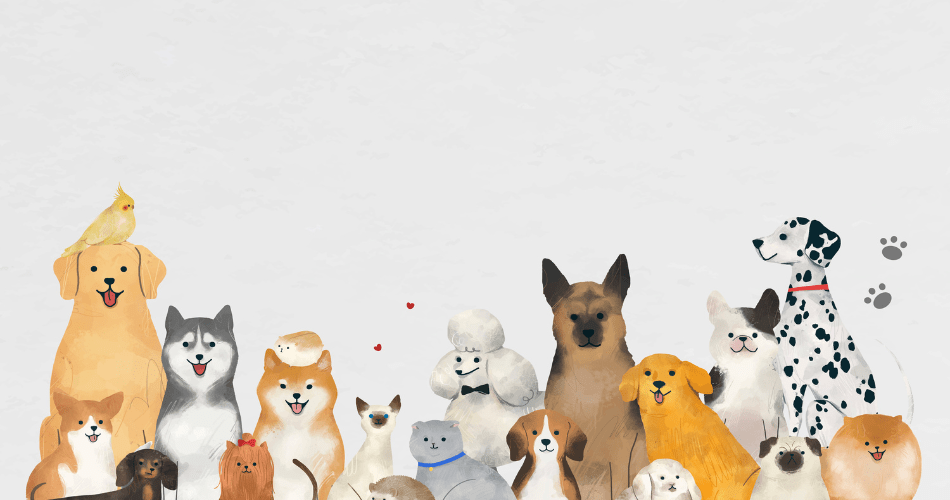Why Learn How to Talk About Hobbies in Korean?
Talking about hobbies in Korean is a great way to connect with people and make new friends, and it’s no different when it comes to learning a new language. Knowing how to talk about your hobbies in Korean can help you communicate with Korean-speaking friends and acquaintances, and it’s also a useful skill to have if you’re planning on traveling to Korea or working with Korean businesses.
Basic Vocabulary for Talking About Hobbies in Korean
Before we dive into specific hobbies, it’s important to know some basic vocabulary related to hobbies in Korean. Here are some useful words and phrases to get you started:
- 취미 (chwe-mi) – hobby
- 관심사 (gwan-sim-sa) – interest
- 열정 (yeol-jeong) – passion
- 좋아하다 (jo-a-ha-da) – to like
- 즐기다 (jeul-gi-da) – to enjoy
- 하다 (ha-da) – to do
Example: A: “What’s your hobby?” B: “저는 요리를 좋아해요. (I like cooking.)”
저는 요리를 좋아해요.
저는 (jeo-neun) 요리를 (yo-ri-reul) 좋아해요 (jo-a-hae-yo).
저 (I; in a humble way) 는 (I’m going to talk about me) 요리 (cooking) 를 (my object is cooking) 좋아하 (to like) 해요 (I’m telling you polite and friendly). * 좋아하 -> 좋아해
I like cooking.

How to Say Different Hobbies in Korean
Now that we have some basic vocabulary under our belts, let’s take a look at how to say different hobbies in Korean. We’ll cover sports, art and music, reading and writing, travel, and other hobbies in South Korea.
Sports
- 축구 (chuk-gu) – soccer
- 야구 (ya-gu) – baseball
- 농구 (nong-gu) – basketball
- 배구 (bae-gu) – volleyball
- 테니스 (te-ni-seu) – tennis
- 골프 (gol-peu) – golf
- 수영 (su-yeong) – swimming
- 승마 (seung-ma) – horseback riding
- 스케이팅 (seu-ke-i-ting) – skating
- 스키 (seu-ki) – skiing
- 스노우보드 (seu-no-u-bo-deu) – snowboarding
Art and Music
- 미술 (mi-sul) – art
- 음악 (eum-ak) – music
- 그림 그리기 (geu-rim geu-ri-gi) – drawing
- 삼중주 (sam-jung-ju) – cello
- 바이올린 (ba-i-o-lin) – violin
- 피아노 (pi-a-no) – piano
- 기타 (gi-ta) – guitar
- 드럼 (deu-reom) – drums
- 댄스 (daen-seu) – dancing
Reading and Writing
- 독서 (dok-seo) – reading
- 쓰기 (sseu-gi) – writing
- 수필 (su-pil) – essay
- 소설 (so-seol) – novel
- 시 (si) – poem
- 웹툰 (weop-tun) – webtoon
Travel
- 여행 (yeo-haeng) – travel
- 국내 여행 (guk-nae yeo-haeng) – domestic travel
- 해외 여행 (hae-oe yeo-haeng) – international travel
- 캠핑 (kaem-ping) – camping
- 등산 (deung-san) – hiking
- 스노쿨링 (seu-no-kul-ling) – snorkeling
- 서핑 (seo-ping) – surfing

Image by storyset on Freepik
Creative Activities
- 노래 부르기 (norae bureugi) – singing
- 연기 (yeongi) – acting
- 피아노 연주 (piano yeonju) – playing piano
- 그림 그리기 (geurim geurigi) – drawing
- 요리 (yori) – cooking
- 글쓰기 (geulssugi) – writing
Games and Entertainment:
- 비디오 게임 (bidio geim) – video games
- 보드 게임 (bodeu geim) – board games
- 카드 게임 (kadeu geim) – card games
- 영화 (yeonghwa) – movies
- 음악 듣기 (eumak deutgi) – listening to music
- 만화 (manhwa) – comics
- 애니메이션 (aenimeisyeon) – anime
Fitness and Health
- 요가 (yoga) – yoga
- 필라테스 (pilateseu) – pilates
- 필드하키 (pildeuhaki) – field hockey
- 레슨 받기 (reseun batgi) – taking lessons (e.g. dance, martial arts)
- 승마 (seungma) – horseback riding
- 등산 (deungsan) – mountain climbing
Example: A: “Do you practice yoga?” B: “네, 요가를 자주 하고 있어요. (Yes, I practice yoga frequently.)”
네, 요가를 자주 하고 있어요.
네 (ne), 요가를 (yo-ga-reul) 자주 (ja-ju) 하고 (ha-go) 있어요 (i-sseo-yo).
네 (yes; in a formal way), 요가 (yo-ga) 를 (my object is yoga) 자주 (frequently) 하 (to do) 고 있 (~ing) 어요 (am; I’m telling you polite and friendly).
Yes, I practice yoga frequently.
Lit. Yes, (I)’m doing yoga frequently.
Crafts and DIY
- 바느질 (baneujil) – sewing
- 자수 (jasu) – embroidery
- 퀼트 만들기 (kwilteu mandeulgi) – quilt making
- 목공예 (mokgong-ye) – woodworking
- 화원 예술 (hwawon yesul) – flower arrangement
Food and Beverage
- 차 마시기 (cha masigi) – drinking tea
- 주류 탐구 (juryu tamgu) – exploring alcoholic beverages
- 맥주 만들기 (maekju mandeulgi) – beer brewing
- 와인 시음 (wain si-eum) – wine tasting
- 티타임 (titaimeu) – afternoon tea
Technology and Coding
- 코딩 (koding) – coding
- 웹 디자인 (web dijain) – web design
- 앱 개발 (ap gae-bal) – app development
- 사진 촬영 (sajin chwal-yeong) – photography
- 비디오 편집 (bidio pyeonjip) – video editing
Travel and Exploration
- 해외 여행 (haeoe yeohaeng) – overseas travel
- 국내 여행 (guknae yeohaeng) – domestic travel
- 자연 탐험 (jayeon tamheom) – nature exploration
- 유적지 탐방 (yujeokji tambang) – visiting historical sites
- 먹거리 탐방 (meokgeori tambang) – exploring local cuisine
Other Hobbies
- 요리 (yo-ri) – cooking
- 먹기 (meok-gi) – eating
- 컬렉팅 (keol-lek-ting) – collecting
- 자전거 타기 (ja-jeon-geo ta-gi) – cycling
- 애완동물 키우기 (ae-wan-dong-mul ki-u-gi) – raising pets
- 플레이스테이션 게임하기 (peul-le-i-seu-te-i-syeon ge-im-ha-gi) – playing PlayStation games
Example: A: “Have you ever tried making sushi?” B: “네, 전 일본 요리를 만들어 봤어요. (Yes, I have tried making Japanese food.)”
네, 전 일본 요리를 만들어 봤어요.
네 (ne), 전 (jeon) 일본 (il-bon) 요리를 (yo-ri-reul) 만들어 (man-deu-reo) 봤어요 (bwat-sseo-yo).
네 (yes; in a formal way), 저 (I; in a humble way) ㄴ (my topic is myself) 일본 (Japan) 요리 (cooking) 를 (my object is Japanese food) 만들 (to make) 어 보 (to try) 았 (past tense) 어요 (I’m telling you polite and friendly). * 저 + ㄴ = 전, 보 + 았 = 봤
Yes, I have tried making Japanese food.
Lit. Yes, I tried making Japan cooking.
Tips for Learning Korean Vocabulary
Learning a new language can be challenging, but there are some tips and tricks that can help make the process easier. Here are a few tips for learning Korean vocabulary:
- Practice regularly: Consistency is key when it comes to language learning. Try to practice a little bit every day, whether it’s through studying vocabulary or practicing speaking with a language exchange partner.
- Use flashcards: Flashcards can be a great way to memorize vocabulary quickly. Write the Korean word on one side of the card and the English translation on the other side, and quiz yourself regularly.
- Watch Korean media: Watching Korean dramas, movies, or YouTube videos can be a fun way to practice your listening and comprehension skills while also picking up new vocabulary.
- Use language learning apps: There are a variety of language learning apps available that can help you practice vocabulary and grammar. Some popular options include Duolingo, Memrise, and Rosetta Stone.
Conclusion
Learning how to talk about your hobbies in Korean is a useful skill for anyone interested in the language or culture. By using the vocabulary and phrases we’ve covered in this article, you’ll be well on your way to having conversations about your favorite hobbies in Korean. Remember to practice regularly and have fun with it!


